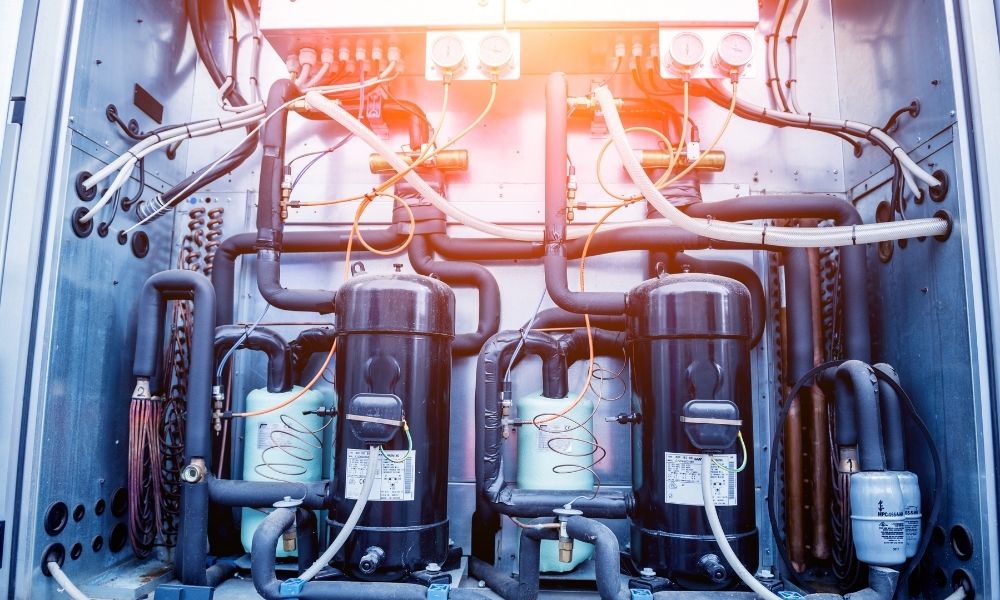A frequency converter is an electric device that converts one frequency current to another. Typically, these converters regulate the speeds of motors for driving a pump and fan. The two main types of converters include rotary and solid-state frequency converters. These two types have several different applications. Let’s dive deeper into the industries and applications for frequency converters.
Marine, Aircraft, and Aerospace
Power converters can serve clients within the avionics and marine industries. Starting at 400 Hz and expanding into rotary and solid-state models, the converter will supply these large applications with clean and reliable sources of power. For example, if a boat doesn’t have enough Hz or power, there can be glitches within electrical systems. This can be a concern for safety and comfort. Additionally, 400 Hz allows an airplane to get off the ground despite its weight.
Commercial and Industrial
Some American manufacturers make products for parts of the world that use 50 Hz frequency converters, unlike 60 Hz in the USA. Although the fabrication equipment itself uses 60 Hz, you need a 60 Hz-to-50 Hz converter to test products in 50 Hz before shipment. If this is not an option, an entire factory could switch to different sourcing, such as a different country with appropriate power frequencies. Time and money are usually issues at hand that affect this decision.
Research Labs and Universities
Universities, research facilities, and government-related labs all require frequency converters. It’s essential that labs have clean, uninterrupted power. This can be in the form of a rotary frequency converter, solid-state frequency converter, or power-line isolators. A rotary converter will be used for larger applications, while a solid-state is used for smaller applications. And while a rotary can be noisy, a solid-state can run quietly. The industries and applications that use frequency converters must consider these different pros and cons.
